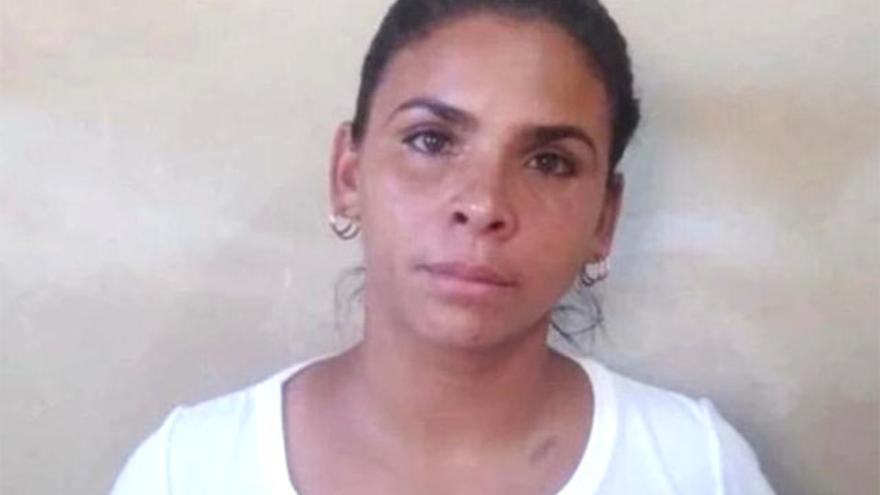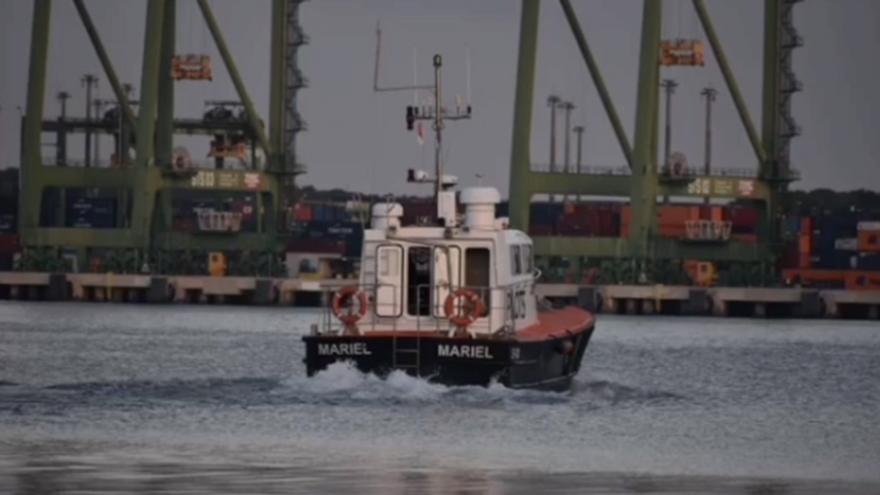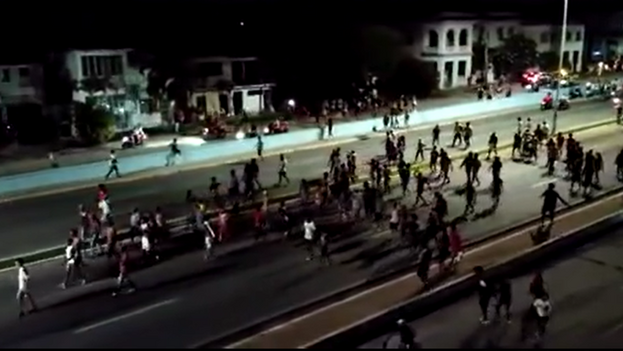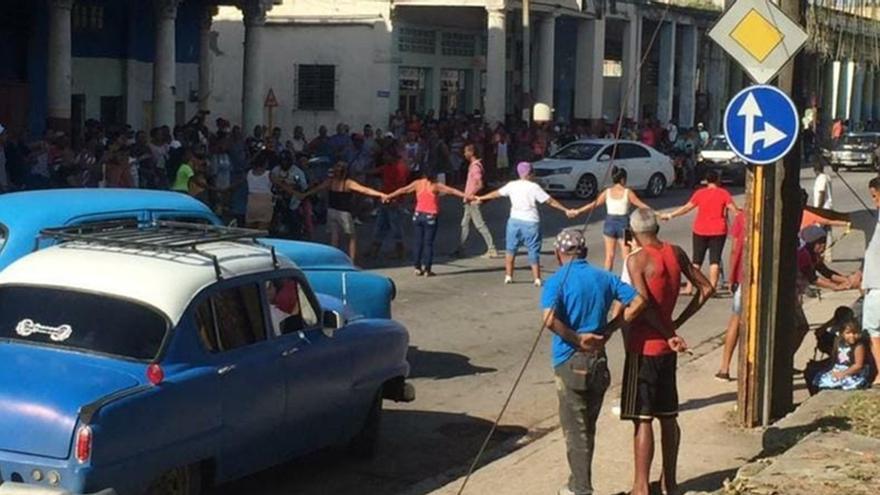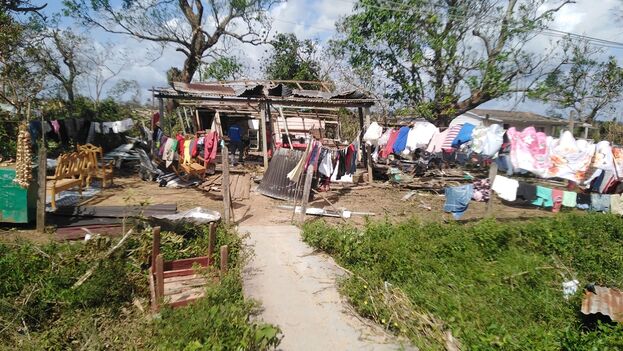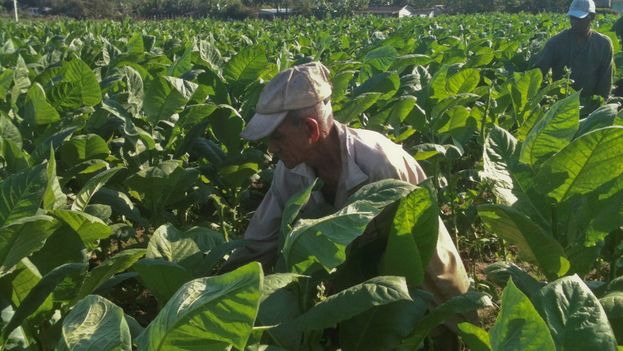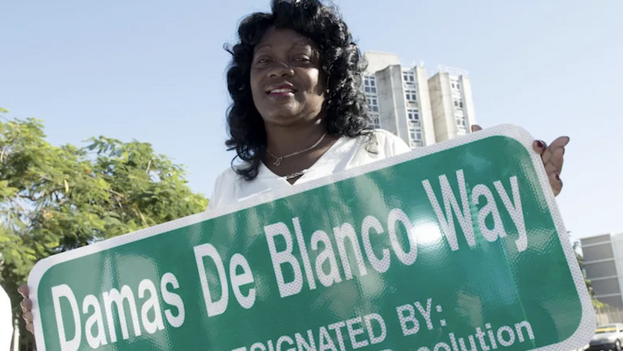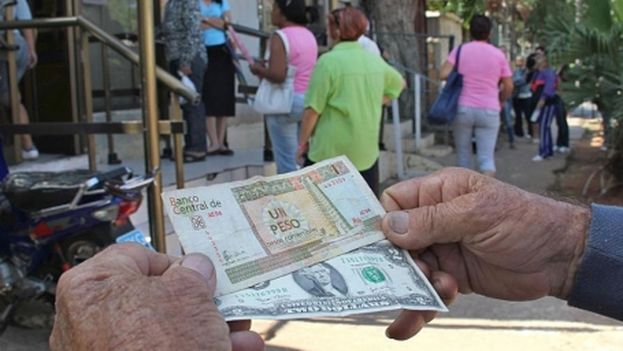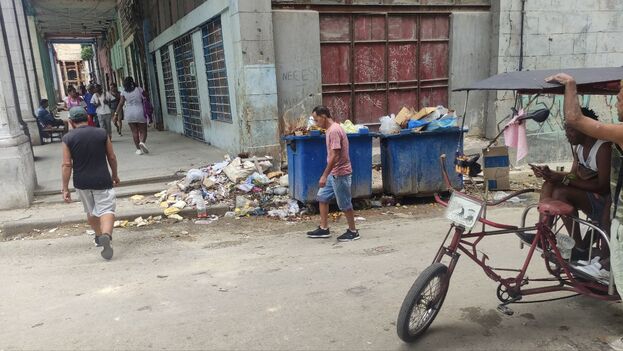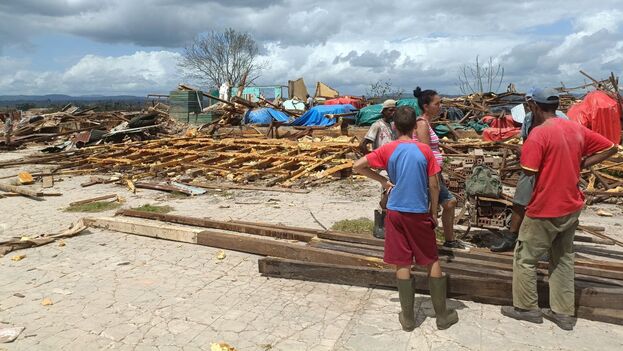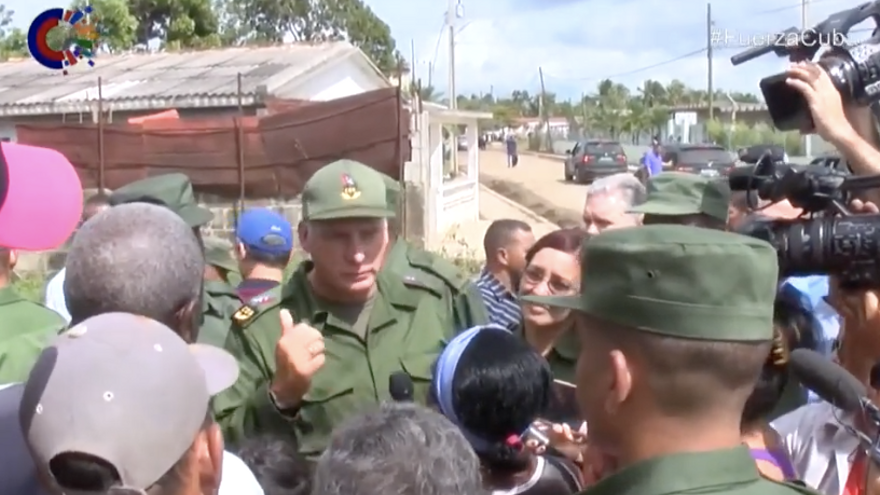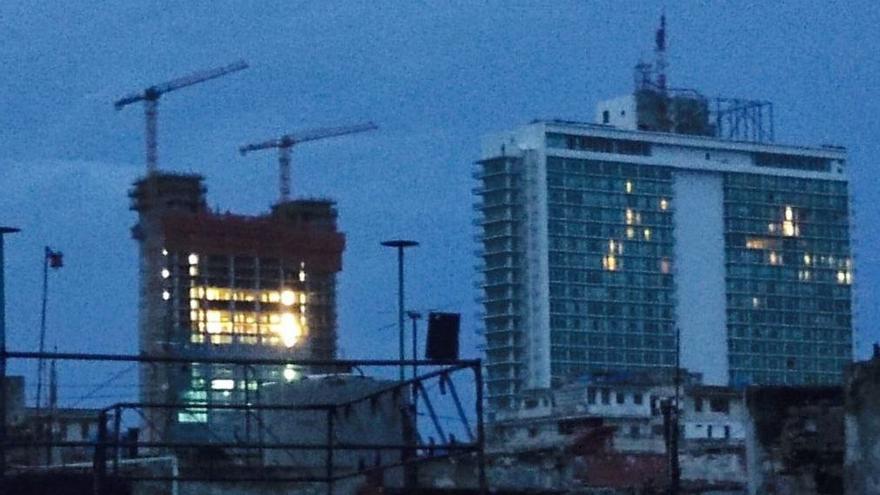This exchange rate is the highest in the Island’s recent past. Even in the so-called Special Period of the 1990s — after the fall of the Soviet bloc — this price was not reached.
The informal market, the most important on the Island, is where many people stock up on dollars before leaving in the current wave of migration. Since October 2021, more than 180,000 Cubans have arrived in the United States, a record number.
Two weeks ago, an official press release predicted that the dollar would exceed the level of 200 pesos and pointed out that “you don’t need to be a guru” to infer that the migratory stampede would further depreciate the national currency as the demand for dollars grows.
“It is a self-fulfilling prophecy,” says Cuban Pavel Vidal Alejandro, associate professor at the Javeriana University of Cali (Colombia), in an interview with EFE. “There’s a total lack of credibility in the Cuban peso, and there are no monetary policies to reverse the situation,” he adds. continue reading
Although the depreciation was already evident since 2021 — the year in which the largest economic reform in recent years, known as the Ordering Task*, came into force — the plummeting of the peso actually originated this August.
Just a year ago, the dollar was at 65 pesos in the informal market. Ten months later, on August 1, at 115 pesos. Just two months later, on October 1, it depreciated almost 80 more, up to the 198 pesos marked this Saturday by the index published daily by the independent media El Toque.
This newspaper found on several excursions that the dollars were running out soon, and the hard currencies began to rise like foam on the black market. After the entry into force of the rule, Cubans made long lines to acquire the greenback at the exchange houses (Cadecas), where there was even a deployment of state security.
At the beginning of August, the Minister of Economy, Alejandro Gil, announced that the State would buy foreign currency from natural persons, a measure designed to attract foreign currency in a scenario of crisis in tourism, which collapsed with the COVID pandemic.
Gil specified that the purchase would be based on an exchange rate five times higher than the official one — from 24 Cuban pesos (CUP) to the dollar, established in the Ordering Task — at levels similar to those of the informal market at the time (around 120 CUP).
Twenty days later, Gil made another announcement: the Government would also sell foreign currency, although with limitations. The objective, he explained, was to strengthen the peso and displace the buying and selling of dollars on the street.
The experts consulted agree in describing the measure as erroneous, which showed the fragility of the State in the face of the informal market. Since then, the peso has fallen dramatically.
“The State became one more applicant and a competitor (for hard currency)” that couldn’t win the game against bidders with better prices, economist Tamarys Lien Bahamonde tells EFE.
Also, Cuban economist Elías Amor shares the diagnosis and adds: “At the time they set the new rate, the agents (on the street) increased the value to maintain their customers, and that’s normal. It’s called competition.”
Amor considers that one of the root problems was to place the rate at 24 to 1 in the Ordering Task: “That rate was pulled out like the rabbit from the hat.”
“It was a miscalculation from the beginning, and one the Central Bank of Cuba couldn’t support with hard currency as high as had been established,” he says.
The implementation of the limited official foreign exchange market dragged down a currency that had been losing weight in the daily lives of Cubans, who have also seen a stable safe-haven value in the dollar, experts point out.
But above all, analysts warn of an increasingly normalized phenomenon in the country: the social division between those who have foreign currency and those who do not.
Bahamonde recalled that not all problems can be attributed to the foreign exchange market implemented by the Government. The economist stressed the role of the controversial stores that charge in foreign currency – known as stores in Freely Convertible Currency (MLC), which opened in 2019 and are occupying more and more space in the retail market every day.
“The Cuban peso must be left as the main currency of the country. There is a dilemma: to end or not with the MLC (and stop accessing foreign currency) to save the peso,” Bahamonde adds.
Another alarm signal is the amount of pesos in circulation, because the increase favors inflation, another of the current problems of the Cuban economy.
The increase in prices was officially 13.40% in the first half of the year, although independent analysts have placed it above 100%.
The three experts agreed that the dollar will continue to increase in the short term. “Surely (the rate will reach) 300, especially by the end of the year,” Amor said.
Vidal, on the other hand, did not give an exact figure but made it clear that “200 will not be the limit.” Bahamonde was more cautious and limited himself to pointing out that he sees “no possibility of containment of the rise in the exchange rate.”
*The “Ordering Task” is a collection of measures that include eliminating the Cuban Convertible Peso (CUC), leaving the Cuban peso as the only national currency, raising prices, raising salaries (but not as much as prices), opening stores that take payment only in hard currency which must be in the form of specially issued pre-paid debit cards, and a broad range of other measures targeted to different elements of the Cuban economy.
Translated by Regina Anavy
____________
COLLABORATE WITH OUR WORK: The 14ymedio team is committed to practicing serious journalism that reflects Cuba’s reality in all its depth. Thank you for joining us on this long journey. We invite you to continue supporting us by becoming a member of 14ymedio now. Together we can continue transforming journalism in Cuba.

![]() 14ymedio, Havana, 2 October 2022 — After the cancellations, on Saturday, of most of the flights between the United States and the Island, the situation has normalized, and all the airports in the national territory are operating, according to the Cuban Company of Airports and Airport Services S.A. (ECASA). “Recovery actions are being carried out in the facilities after the passage of Hurricane Ian,” reported the official newspaper Granma.
14ymedio, Havana, 2 October 2022 — After the cancellations, on Saturday, of most of the flights between the United States and the Island, the situation has normalized, and all the airports in the national territory are operating, according to the Cuban Company of Airports and Airport Services S.A. (ECASA). “Recovery actions are being carried out in the facilities after the passage of Hurricane Ian,” reported the official newspaper Granma.
